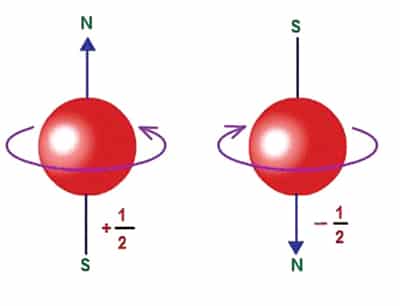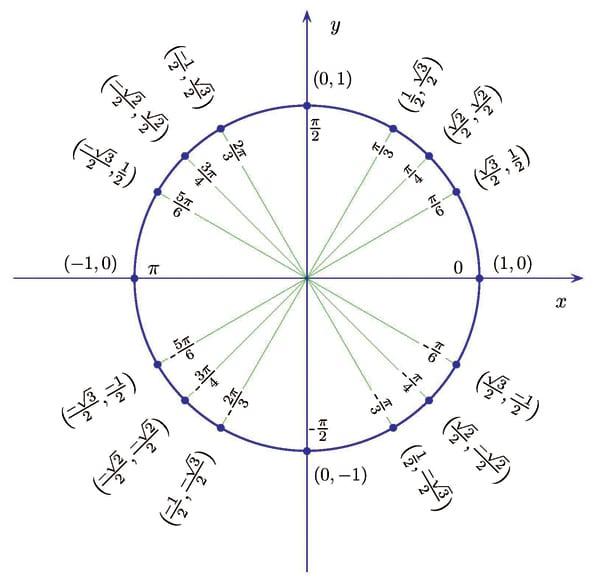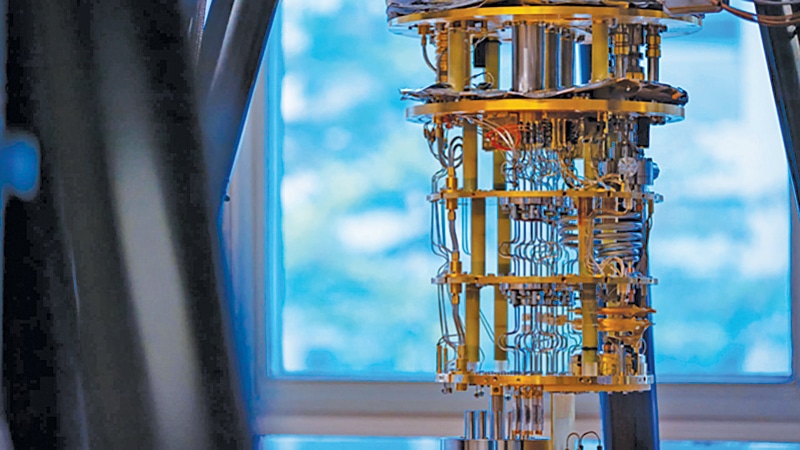Quantum sensors—masters of precision, exist in multiple states simultaneously using superposition and entanglement, guided by laser light for meticulous control.
They are now finding wide-ranging applications.
In plant physiology and horticulture, light is pivotal for plant growth. However, not all light is equal in its impact on plant photosynthesis and health. Photosynthetically active radiation (PAR), the 400 to 700 nanometre light wavelength range, is crucial for photosynthesis.
PAR quantum sensors, using advanced photodiode technology, accurately measure PAR intensity. They utilise advanced photodiode technology that can accurately detect and measure the number of photons within the PAR range. Equipped with a light-sensitive photodiode, signal amplifier, and digital interface, these sensors provide precise measurements of light energy for optimal plant cultivation and greenhouse management. By understanding the PAR levels in different growth environments, researchers can optimise plant cultivation techniques, enhance crop yields, and study the effects of light on various plant species.

PAR quantum sensors offer several advantages over traditional light meters. First, they are specifically calibrated to measure light within the PAR range, ensuring accurate readings for photosynthetic activity. Second, these sensors are often compact and portable, allowing for easy deployment and data collection in various settings. Many PAR sensors also offer real-time monitoring capabilities, enabling researchers to track fluctuations in light intensity over time.
The data collected by PAR quantum sensors can be used to calculate important parameters, such as photosynthetic photon flux density (PPFD), which quantifies the number of photons reaching a specific area per unit time. PPFD is a critical metric for determining light requirements, optimising lighting systems, and understanding plant responses to different light conditions.
Working
Quantum sensors use quantum mechanics principles for precise measurements. The working principle of quantum sensors involves several key concepts and techniques.
One important concept in quantum sensing is superposition. According to quantum mechanics, particles can exist in multiple states simultaneously. In the case of quantum sensors, this means that the sensor can be in a superposition of different states, each corresponding to a different value of the measured quantity. By manipulating and measuring the superposition state, quantum sensors can obtain precise information about the physical parameter being measured.
Another crucial concept is entanglement. Entanglement occurs when two or more particles become correlated in such a way that the state of one particle is directly linked to the state of the others, regardless of the distance between them.
Quantum sensors can take advantage of entanglement to enhance their measurement capabilities. For instance, by entangling two particles and measuring one of them, it is possible to gain information about the other particle without directly measuring it. This enables quantum sensors to overcome certain limitations of classical sensors and achieve higher sensitivity.
Quantum sensors employ various techniques to manipulate and measure quantum states. One common technique is using laser light to interact with the quantum system. Laser light interaction with the quantum system allows for precise control and measurement of the sensor’s properties. By carefully controlling the laser’s properties, such as frequency and intensity, scientists can manipulate the superposition and entanglement states of the sensor.

Applications
1. Quantum metrology. Revolutionising metrology, quantum sensors enable ultra-precise measurements in atomic clocks, which is essential for global navigation systems like GPS. These clocks exploit the frequency stability of quantum transitions to provide accurate timekeeping.
2. Gravitational wave detection. Quantum sensors play a crucial role in detecting gravitational waves, which are ripples in the fabric of spacetime. Devices like interferometers, which measure minuscule changes in the lengths of two arms, use quantum-enhanced techniques to increase their sensitivity, allowing the detection of incredibly weak gravitational wave signals.
3. Magnetic field sensing. Quantum sensors can measure magnetic fields with exceptional precision. They find applications in diverse areas, such as medical diagnostics, mineral exploration, and environmental monitoring. Magnetic resonance imaging (MRI) machines, for example, utilise quantum sensors to map internal body structures.
4. Quantum communication and cryptography. Quantum sensors are integral to quantum communication systems. They enable secure transmission of information through quantum key distribution (QKD), which uses the principles of quantum mechanics to ensure unbreakable encryption. Quantum sensors can detect eavesdroppers attempting to intercept the transmitted quantum states.
5. Quantum imaging. Quantum sensors enable imaging techniques that surpass classical limitations. Quantum-enhanced imaging can provide higher resolution and sensitivity, making it useful for biomedical imaging, surveillance, and materials characterisation. Quantum ghost imaging, for instance, reconstructs images using correlated photon pairs without directly interacting with the object being imaged.
6. Gravity and inertial sensing. Quantum sensors can measure tiny changes in acceleration and gravitational forces. These sensors have applications in geophysical surveys, inertial navigation systems, and earthquake detection. They can detect slight variations in gravity, enabling the mapping of underground structures or monitoring volcanic activity.
7. Quantum chemical sensing. Quantum sensors enable highly accurate and sensitive detection of chemical compounds. They find applications in environmental monitoring, industrial processes, and medical diagnostics. Quantum sensors can detect trace amounts of pollutants, analyse gas composition, and identify biomarkers in biological samples.
These are just a few examples of the wide-ranging applications of quantum sensors. As research and development in quantum technology continue to advance, we can expect further breakthroughs and the emergence of new applications in fields such as quantum computing, quantum biology, and more. Quantum sensors hold great promise for transforming various industries and pushing the boundaries of scientific exploration.
Quantum sensors have emerged as powerful tools with immense potential across a wide range of applications. Leveraging the principles of quantum mechanics, these sensors have revolutionised metrology, enabling ultra-precise measurements in fields such as timekeeping, gravitational wave detection, and magnetic field sensing. They have paved the way for advancements in quantum communication and cryptography, offering secure transmission of information. Quantum sensors have also pushed the boundaries of imaging techniques, providing higher resolution and sensitivity in biomedical imaging, surveillance, and materials characterisation.

Additionally, they have found utility in gravity and inertial sensing, enabling precise measurements of acceleration and gravitational forces for geophysical surveys and navigation systems. Furthermore, quantum sensors contribute to the field of quantum chemistry, facilitating the accurate detection and analysis of chemical compounds. As research in quantum technology progresses, we can anticipate further breakthroughs and new applications in various fields, driving innovation and shaping the future. With their remarkable capabilities, quantum sensors hold the promise of transforming industries, advancing scientific exploration, and opening up new frontiers of knowledge.
The author, Duraiarasu E, is pursuing B.E ECE at Rajalakshmi Engineering College, Chennai. His areas of interest are IoT, VLSI, embedded systems, machine learning, 3D printing, and MEMS






